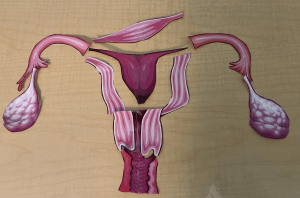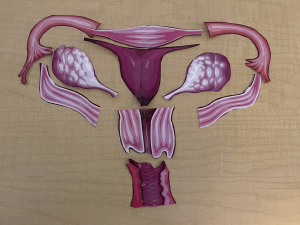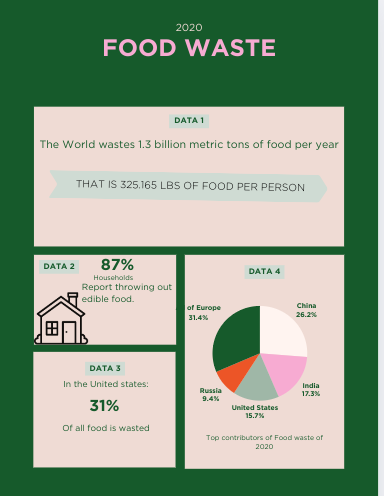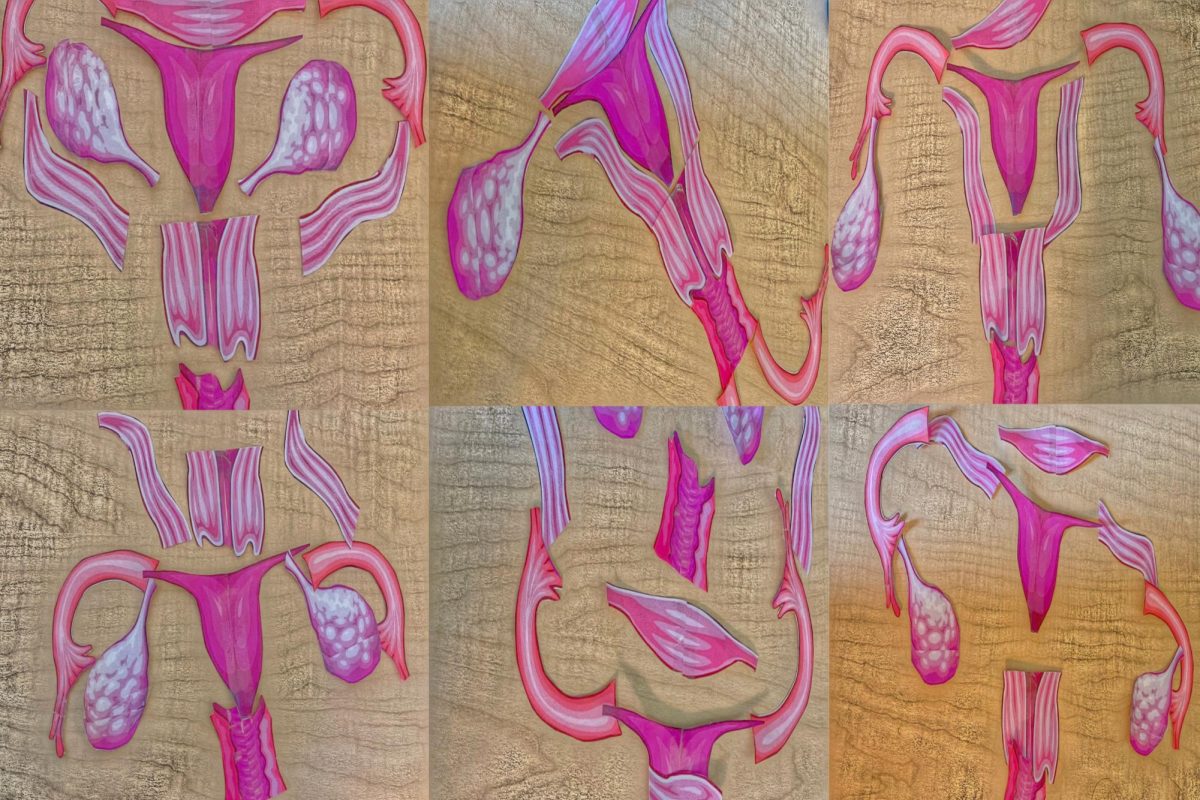For women’s history month, it’s prevalent to not only recognize issues in the past but also current issues.
The question being addressed is ‘How much do men know about women’s bodies?’
Today men were asked first if they would be willing to answer the question and were told it was in relation to women’s history month. Ten men (adults and teenagers) agreed to answer the eight questions, seven men agreed to participate in trying to construct a uterus, and some men just flat out refused to answer any questions/partake in the making of this article all together. All men were reassured to be anonymous with their answers included in the article.
For the title image, as stated men were asked to reconstruct a uterus. A diagram was cut out and the parts were separated, the different parts that were separated included the vagina, the cervix, both ovaries, the myometrium, both fallopian tubes, and the fundus.
Not one man got the entire reconstruction correct—below are the closest interpretations.


In regards to interviewing, the men were asked eight basic questions about women’s health.
Most men got at least four out of the eight, or 50%, of the questions wrong.
Below are the four with the most overwhelming confusion.
- How long can a woman leave a tampon in for?
- How long does a woman need to wait to have sex after birth?
- What is a placenta?
- How many days out of the month can a woman get pregnant?
In regards to the first question, most men guessed upwards of twelve hours. Factually, it is not recommended for a woman to leave a tampon in for anymore than eight hours. Leaving in a tampon for longer than the recommended can lead to infections such as Bacterial Vaginosis or even more life threatening issues like toxic shock syndrome. Toxic shock syndrome occurs very quickly, symptoms that may be displayed could be a sudden high fever, confusion, vomiting, seizures, and more. As toxic shock progresses rapidly complications can be Renal Failure, Shock, and Death.
With question number two, most men either didn’t know women had to wait at all or just vastly underestimated the wait time. Women are recommended to wait four to six weeks after birth before engaging in sexual activities again. While postpartum is different with each woman, four weeks minimum is normally the general consensus that most doctors agree on.
This is caused due to a wide variety of medical reasons, not just because a family may be tired with a newborn. Some of these reasons are in regards to the pelvic floor (the muscles that line a vagina and support the bladder) which needs time to recover, the cervix (the lower portion of the uterus with a small area for sperm to pass through) takes time to return to the state it was before pregnancy. Both of these, if not healed properly, can allow for infection.
This wait time can also vary depending on the form of birth. For women that delivered vaginally there will likely be heavy tearing and bruising present, and if stitching was needed waiting is necessary as to not allow the stitches to heal. With women who had a cesarean section (c-section) the incision needs time to properly heal, and even though the baby was delivered via c-section the cervix is still likely to be dilated again allowing for infection.
Question number three is a basic pregnancy anatomy question; so it was surprising that this was one of the questions that had so many wrong answers. A placenta is an organ that forms in the womb alongside the baby, the placenta provides nutrients and oxygen to the developing baby via the umbilical cord. Of the men polled when asked this question said they didn’t know what it was, stated it was a part of the vagina, or that it’s what a baby is encased in.
The last question: ‘How many days out of the month can a woman get pregnant?’ was also a struggle, seven out of ten men got this question wrong. Most largely overestimated the amount of days, guessing upwards of ten days. The period in which women get pregnant is estimated to be five to seven days out of a twenty-one to thirty-five day menstrual cycle. Ovulation, which is when the egg drops and moves to allow for fertilization occurs within a single day, the egg without fertilization cannot live for more than twelve to twenty-four hours. So the five to seven day estimate is more due to how well a person can guess when this is occurring and if sperm can live for those five days.
Education on women’s bodies and health is still not sufficient and many examples of women’s health lack urgency towards many issues. This has become more important recently with the threat of defunding the Department of Education as well as laws surrounding women’s bodies being introduced/passed. As seen three out of the four questions with the most correct answers are related to pregnancy. Pregnancy is something largely being spoken about in media right now in regards to abortion.
Many men don’t know enough about what a woman experiences during pregnancy to have an opinion, let alone know about postpartum health. The main thing that needs to be pushed right now is education for the sake of women and men to all learn from.






































Ms Miller • Mar 31, 2025 at 12:42 pm
Laughing and crying! Excellent work – exposing just how little we collectively know when laws and policies are so high stakes.